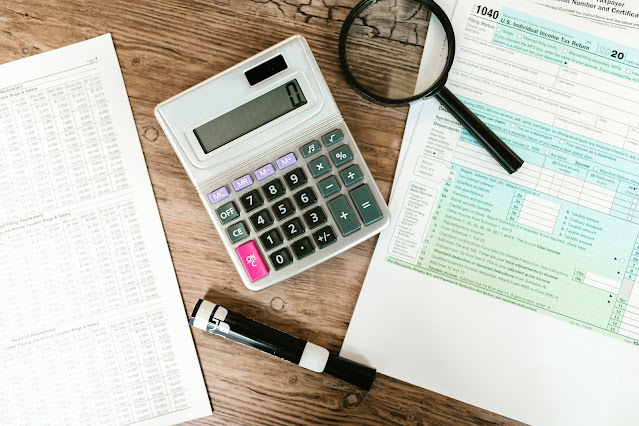Accounting Software for Small Businesses: A Beginner's Guide to Digitally Managing Your Finances
Hey there, fellow entrepreneurs! Are you tired of drowning
in bills, invoices, and paperwork? Well, you're in luck because today we're
going to talk about accounting software for small businesses. That's right,
folks, it's time to put down the pen and paper and embrace the digital age.
Now, before we get into the nitty-gritty of accountingsoftware, let me tell you a little story. I was once in the same situation as you. I had a small business, and I thought I could handle the accounting all by
myself. But let me tell you, it was a hot mess. I spent more time calculating
and organizing my finances than actually growing my business. It was a
nightmare. But then, a friend recommended accounting software to me, and it
changed everything.
Now, I know what you're thinking. "Accounting software?
That sounds complicated." But trust me, it's not. Once you learn the
basics, it's a game-changer. Now, inhale and exhale deeply, prepare a cup of
coffee, and let us begin.
Step 1: Choose the right software
Before you dive into the world of accounting software, you
need to choose the right one for your business. There are tons of options out
there, so it's important to do your research. Ask other small business owners
for recommendations and read reviews online. But don't stress too much about
finding the perfect software. Most accounting software comes with similar
features, so you can't really go wrong.
Step 2: Set up your accounts
Once you've chosen your software, it's time to set up your
accounts. Though this may appear intimidating, it is in fact quite
uncomplicated. All you need to do is input your business information, such as
your company name, address, and tax ID number. Next, link your bank accounts and
credit cards. This will allow the software to track your expenses and income
automatically.
Step 3: Learn the basics
Now, it's time to learn the basics. Don't worry, you don't
need to be a financial expert to use accounting software. Just start with the
basics, such as creating and sending invoices, tracking expenses, and
reconciling your accounts. And don't be afraid to ask for help. Most software
has customer support available, and there are plenty of tutorials and videos
online.
Step 4: Get organized
One of the biggest benefits of accounting software is
organization. No more stacks of papers and receipts cluttering your workspace.
With software, everything is digital and in one place. You can easily access
your financial information and generate reports whenever you need them. Plus,
most software has features like reminders and notifications to help you stay on
top of your finances.
Step 5: Have fun
Yes, I said it. Have fun with accounting software. I
understand it may seem unusual, but please listen to me. With software, you can
see your financial progress in real-time. You can track your business growth
and set goals for the future. Plus, once you get the hang of it, it's pretty
satisfying to see everything neatly organized and accounted for.
In conclusion, accounting software may seem intimidating at
first, but it's a necessary tool for small business owners. In the long run, it
will result in time, money, and stress savings for you. So, grab your laptop,
choose your software, and get started. And remember, if I can do it, so can
you. Cheers to financial success!










Accounting and Bookkeeping Service in California